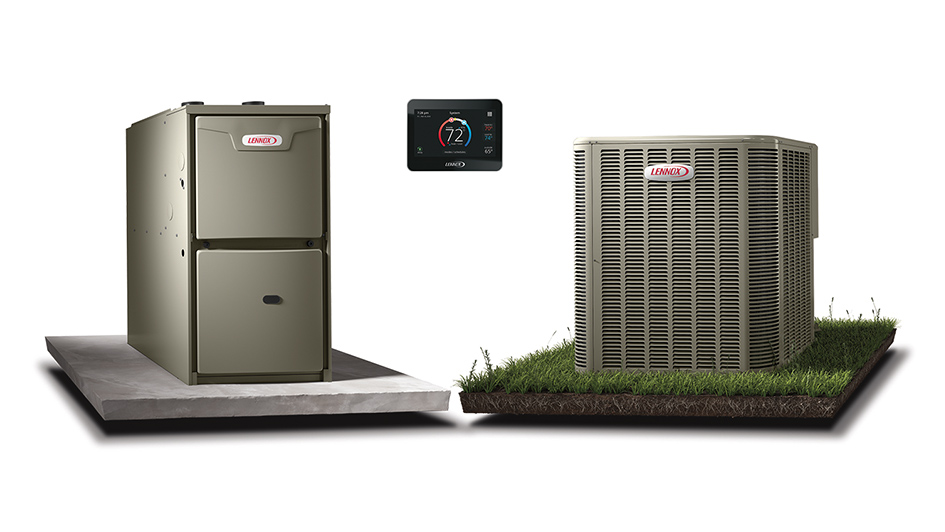
The concept of running both a furnace and heat pump can feel a bit unusual at first. After all, why do you need two heaters? Even though furnaces and heat pumps both provide energy-efficient heat, the differences in their design actually make employing both of them a potential option. It’s not for everybody, but in the right conditions you can truly benefit from owning a furnace and a heat pump.
You should consider several factors in order to determine if this kind of setup suits you. Your local climate and the size of your home are both especially important, particularly for the heat pump. This is because some models of heat pumps will work less efficiently in winter weather and larger homes. At the same time, you can still reap the benefits of heat pump installation in Columbia.
Heat Pumps May Be Less Reliable in Winter Weather
Heat pumps are generally less effective in colder weather as a result of how they generate climate control to begin with. As opposed to furnaces, which ignite fuel to create heat, a heat pump reverses its flow of refrigerant to draw heat from outdoor air. This heat is then pulled inside and distributed throughout your home. As long as there is still a little heat energy in the air, a heat pump should function. But the cooler the temperature, the less efficient this process is.
The less heat energy is usable outside, the more effort is required for a heat pump to pull heat indoors to generate your desired temperature. It can depend on the exact make and model, but heat pumps may start to lose efficiency at temperatures of 40 degrees and colder. They should still be an energy-efficient option until 20-25 degrees, at which a gas furnace is more effective.
What Temperatures Do Heat Pumps Work Best In?
Heat pumps function best in moderate climates 40 degrees and up. That being said, you don’t have to lose out on the benefits of a heat pump just because your local climate is colder. After all, that’s why owning both a furnace and heat pump may be worth the expense. You can keep the heat pump for energy-efficient heat until the weather is chilly enough to justify shifting to something like a gas furnace.
Certain makes and models boast greater performance in winter weather. For example, the Lennox MLA heat pump is capable of operating at 100% capacity at 0°F. It can even remain functional in temperatures as low as -22°F. For optimum energy efficiency, you’ll likely still want to switch to the furnace in particularly cold weather.
So Should I Install a Heat Pump if I Own a Gas Furnace?
If you’re serious about maintaining the most energy-efficient HVAC system available, having a heat pump and gas furnace at the same time warrants the investment. Not only is a dual-heating system adaptable, but it features other benefits such as:
- Dependable backup heating – A redundant heating system means even if one stops working, you still have the ability to heat your home. It won’t always be the most energy efficient, but it’s better than living in an unheated home while you hold out for repairs.
- Lower energy costs – The ability to select which heating system you use according to the highest energy efficiency reduces your total costs. Smaller heating bills over the lifetime of these heating systems can really add up to plenty of savings.
- Less strain on both systems – Instead of running one system all winter long, heating resources are split between the furnace and heat pump. Essential components can survive longer as they’re not under continuous use.
If you’re still uncertain about heat pump installation in Columbia, don’t hesitate to get in touch with your local expert technicians. They can review your home’s comfort needs and help you decide if a dual-heating HVAC system is the better option.
